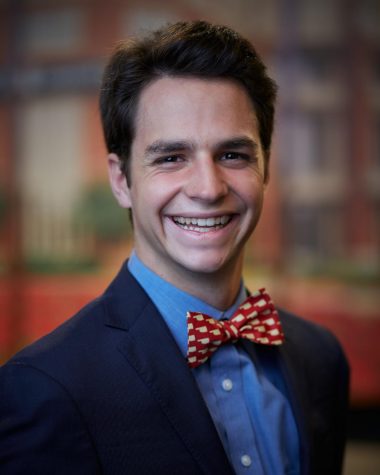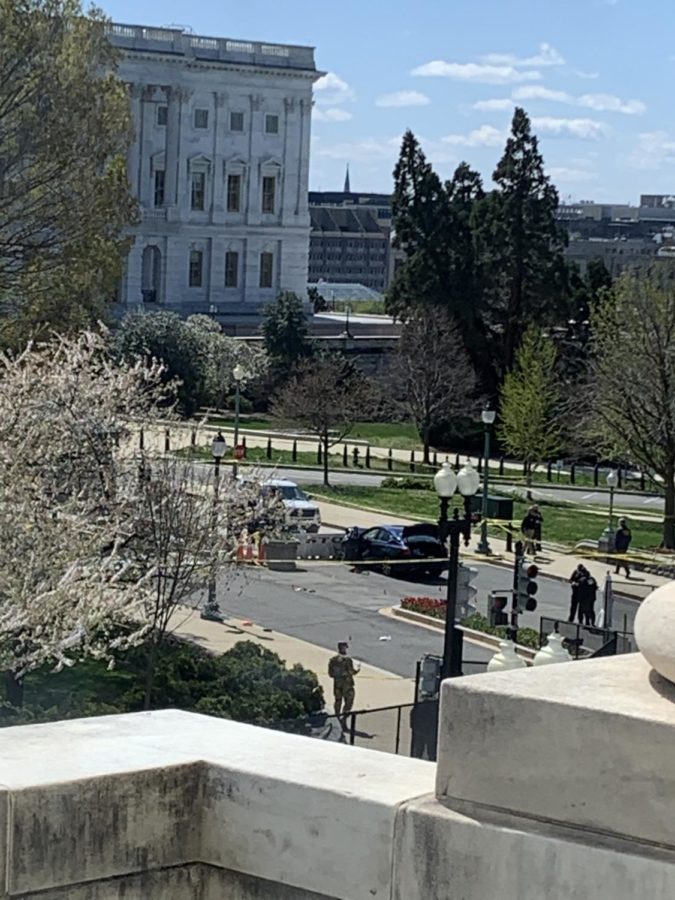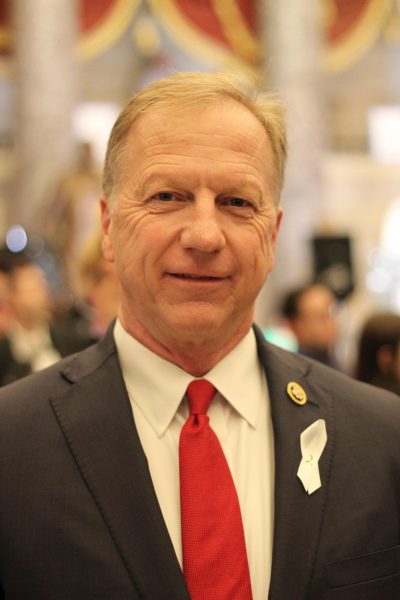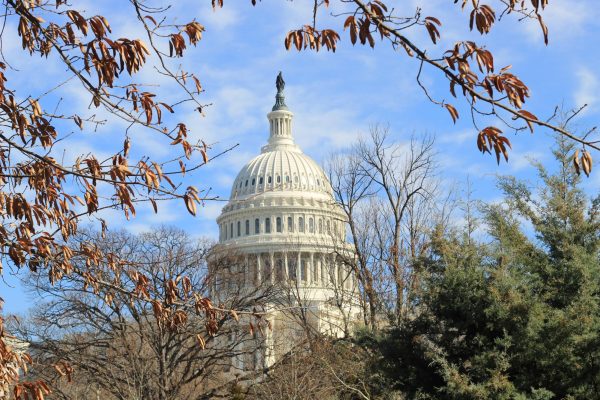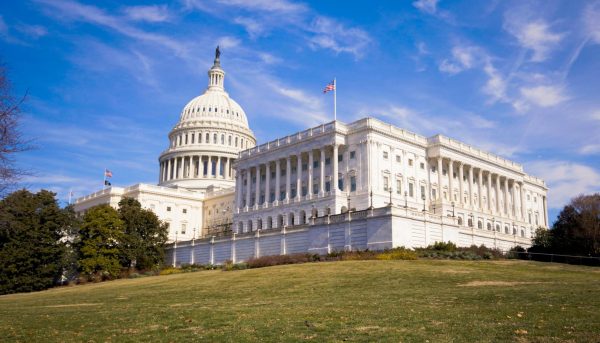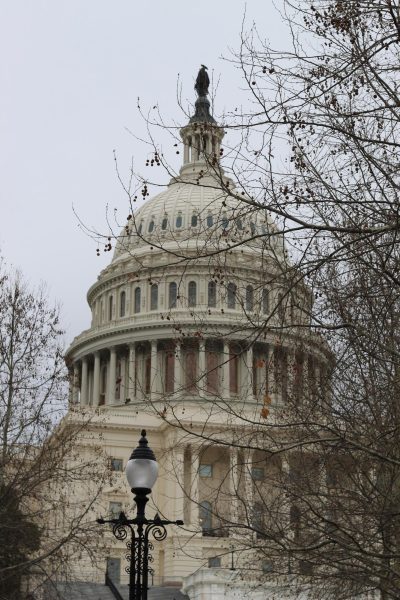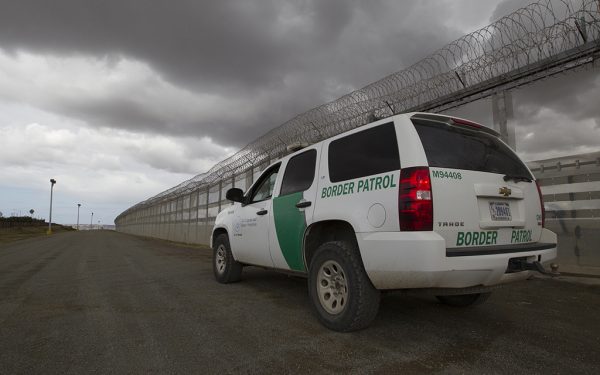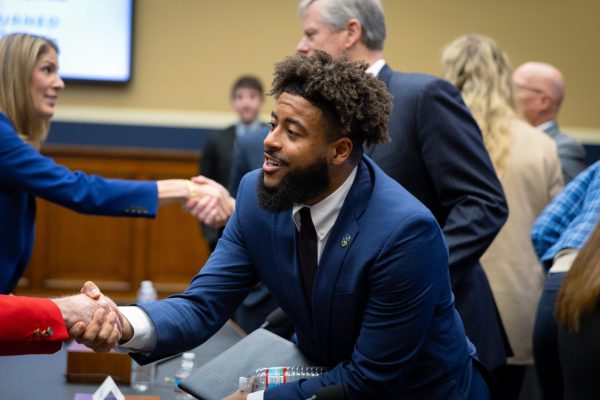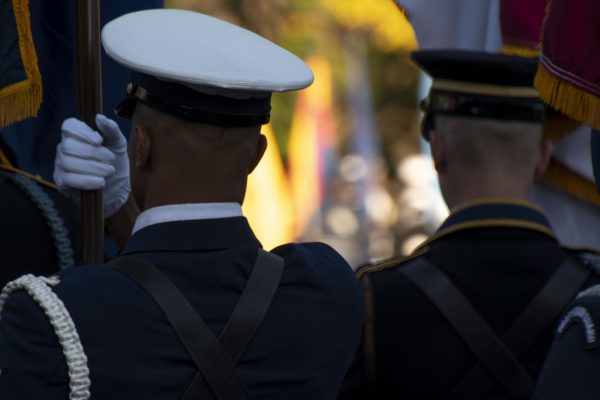Two hours of lockdown at the U.S. Capitol less than three months after riot
WASHINGTON — “I repeat, due to an exterior security threat, no entry or exit is permitted at this time in any building of the Capitol complex. You may move throughout the buildings but stay away from exterior windows and doors.”
That was the warning that echoed over the public address system in the buildings on Capitol Hill at 1:04 p.m., two minutes after the driver rammed his car into a barricade on the north side of the Capitol.
I was sitting in the basement cafeteria of the Dirksen Senate office building, and the loud warning did not seem to register with the people around me. All of us continued to eat our food; I barely saw anyone look up.
I wondered if this was simply something to which Capitol workers were accustomed. Certainly, the Capitol has had its fair share of threats recently, and given the riot of Jan. 6, this warning could be pretty minor to most. This was new to me, though, and I wanted to find out what was going on.
With no one running toward or away from a particular spot, I did not know where to go to find out more information, but I wandered with my lunchmate through a tunnel to the neighboring Russell Senate office building. We are both credentialed reporters for national news services and we had been in Dirksen for our Friday lunch tradition on Capitol Hill.
There seemed to be more activity there. There was still an eerie silence throughout the Hill, as if by ignoring the warning, people thought they could make the threat go away. However, we could hear chattering and sense the purpose with which people were moving.
In the building’s rotunda, an open, domed space with a second-floor balcony, journalists were frantically reporting about the warning we had just heard. A photographer was taking pictures through the windows on the ground floor. We walked over to him and saw U.S. Capitol Police officers and emergency vehicles in the intersection outside, the Capitol dome prominent just beyond.
Capitol is still on lockdown, this is my view from the Russell Senate office building, on the north side of the Capitol. We think this is the car that tried to ram the barricade. pic.twitter.com/YTTprmAyAx
— Bennett Brinkman (@bennettbrink) April 2, 2021
About that time, we started to realize how serious the situation was when we learned the cause for the PA warning and swarm of first responders from a Tweet put out by Capitol Police. Someone had driven a car into a barricade and struck two officers. The driver and the two officers were injured and already had been transported to the hospital.
As we were taking photos, a helicopter swooped low over the intersection and past our window. Just then, a Capitol Police officer noticed us and completed the process of forcing us to abandon our idea of the day being just another peaceful spring afternoon at the Capitol.
“Get back inside!” he shouted. “Get away from the window!”
We moved up to the second floor but stayed in the Russell rotunda. More information began to flood in. We listened to news crews, and our eyes widened as we heard one woman utter the phrase “shots fired” into her phone as she rushed past.
We made our way to a second-floor window, where police seemed to be OK with journalists peering down onto the scene below. I saw a blue sedan, trunk door popped open, resting in front of a street barricade.
More news reached us from the other reporters on air: the suspect had died in the hospital. Then more: one police officer had died and the other was in serious condition. Just weeks after the extensive fencing set up after the Jan. 6 riot was scaled back due to decreasing threat levels, someone had shown that very real threats still existed for people on Capitol Hill.
US Capitol Police Chief holds Press Briefing of today’s events. pic.twitter.com/Xomoyre4tr
— Skylar Tallal (@skylarsage_news) April 2, 2021
From our vantage point on Russell’s second floor, we could see the press conference where acting Police Chief Yogananda Pittman explained that after the suspect had rammed his car into the north barricade of the Capitol, he jumped out holding a knife, lunged toward officers and was then shot.
Despite our press credentials we were only able to watch the acting police chief from afar holding the press conference because the lockdown for Capitol complex buildings was still in effect and keeping us inside.
“It is with a heavy heart that I come here this afternoon to shed some light on the incident that occurred at the United States Capitol,” Pittman said.
Soon after the press conference came the announcement that the threat was over, and the lockdown had been lifted. As we exited the building, rows of U.S. National Guard troops marched by wearing helmets and carrying riot shields.
Leaving Capitol Hill after two hours of lockdown, I couldn’t help but wonder what this means for Capitol security moving forward. Three months after a deadly riot shook the complex, another deadly incident had happened just outside the building.
Gaylord News is a reporting project of the University of Oklahoma Gaylord College of Journalism and Mass Communication.
